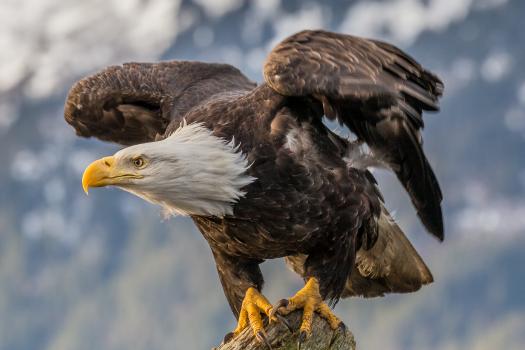Animal Olympics
- Lesson Plan
- Feedback Form
Students learn about animal adaptations through testing their human skills against Great Basin animals. Who will win the “Animal Olympics”? In this activity, your students will gain new insights into how specific adaptations help animals survive and thrive.
4-LS1-1
Construct an argument that plants and animals have internal and external structures that function to support survival, growth, behavior, and reproduction.
SEED Standard 3.2.5
Engage in argument from evidence that in a particular habitat (system) some organisms can survive well, some survive less well, and some cannot survive at all.
SEED Standard 5.3.2
Obtain, evaluate, and communicate information that animals obtain energy and matter from the food they eat for body repair, growth, and motion and to maintain body warmth. Emphasize that the energy used by animals was once energy from the Sun.
Materials
- Animal Attribute cards- 1 per station
- Student Data Sheets- 1 per student
- Speed Conversion Chart
- Large open space for activity, outside works best
- Materials to go with each station
- 2 Timers
- 2 Tape measures
- 1 Bell
- 1 Blindfold
- 1 30-meter (~100 ft.) rope or a 100 ft tape measure
This lesson is adapted from the DRI Science Alive Great Basin Green Box, learn more here
Directions
- You may choose to introduce adaptations using the lesson plan, Adapt and Survive or skip to the next step.
- Begin by introducing students to the Great Basin. The Great Basin is home to many amazing animals and plants. A portion of the Great Basin has been set aside as a national park, called Great Basin National Park. Since it is a desert habitat it can be a hard place to live and animals have adapted to fit into their environment.
- One animal that thrives in the Great Basin is the bald eagle. Explain to the students that the bald eagle has a wingspan of 72-90 inches. Have a student volunteer come up to measure their “wingspan”. Use the tape measure to measure a couple of students.
- Ask: how does our class record compare to the eagle?
- Explain how there is variation within a population- each student does not have the same “wingspan”. Bald eagles do not have the exact same wingspan either- this is called “variation within a population”, but scientists know the average wingspan- 72-90 inches.
- Ask students why they think bald eagles have such a large wingspan? Is it a benefit for survival? An attribute that benefits survival is called an adaptation. Large wingspans allow bald eagles to soar long distances. How might this help them to survive?
- Tell students that they will now have a chance to compare their ability to do certain tasks with animals found in the Great Basin. Show your students the animal attribute cards and describe the activity.
- Stations that you will set up include:
- Beaver- students compare their ability to hold their breath with the beavers’ ability.
- Station needs: picture of the beaver and a timer.
- Mountain Lion- students will compare their jumping distance to a mountain lion. A mountain lion can jump up to 40 feet horizontally.
- Station needs: picture of the mountain lion and a tape measure.
- Long Eared Owl- students will compare their hearing with that of the long eared owl. Students will wear the blindfold and see if they can pinpoint the location of a bell.
- Station needs: picture of the owl, a bike bell, and a blindfold.
- Pronged Antelope- students will compare their running speed to a pronged antelope. Students will time themselves running and use the conversion chart to calculate their mph.
- Station needs: picture of the antelope, a 30 meter (~100 ft.) rope or 100 ft tape measure, the conversion chart, and a timer.
- American bullfrog- students will compare their hopping distance to an American bullfrog. Students will use a tape measure to measure their height and then measure their hopping distance.
- Station needs: picture of a frog and a tape measure
- Pinacate Beetles (commonly called stink bugs) – students will compare their acrobatic abilities to pinacate beetles. Students will try to stand on their head. This station works best in the grass.
- Station needs: picture of the beetle.
- Divide the class into 6 groups, giving each student a student data sheet. Each group will have a turn at all of the stations. Assign groups which station they will start at and set your stations up outside.
- Allow 5 minutes for each station. Make sure students are staying on task and recording their information on the student data sheet.
- If students finish early have them respond to the question at the bottom of the student data sheet. After students have worked through each station return to class.
- Once all students have completed all 6 stations. Come back together as a class. End with a discussion about each adaptation and how it is beneficial to that animal. Ask the question, “how do you think this ability helps the animal survive?”
- You may want to follow this lesson with the lesson, Solar Web.
| Attachment | Size |
|---|---|
| 170.92 KB | |
| 719.67 KB |

